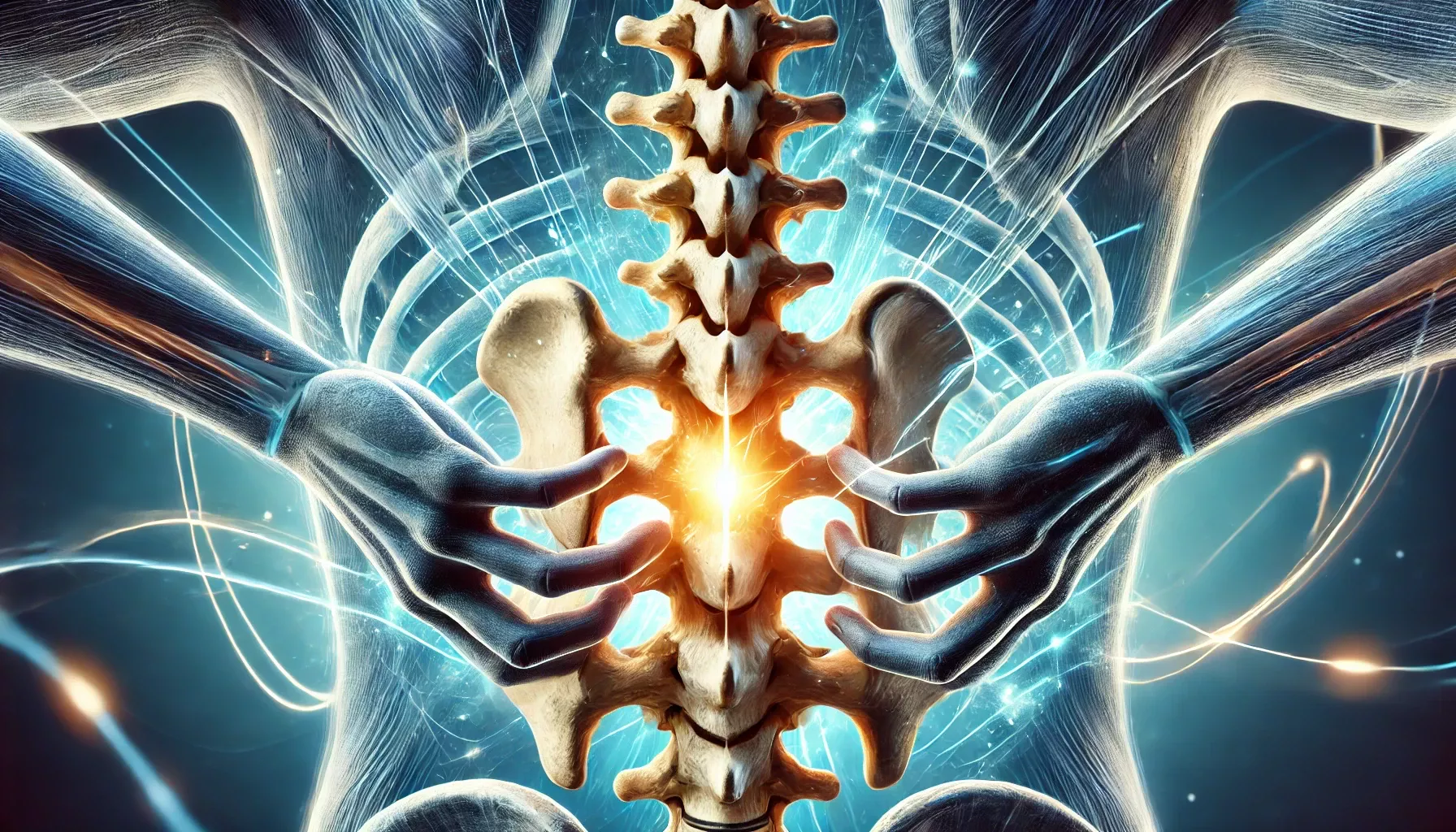This guide covers everything you need to know about spinal decompression marketing — from SEO and Google Ads to retargeting, email funnels, and more.
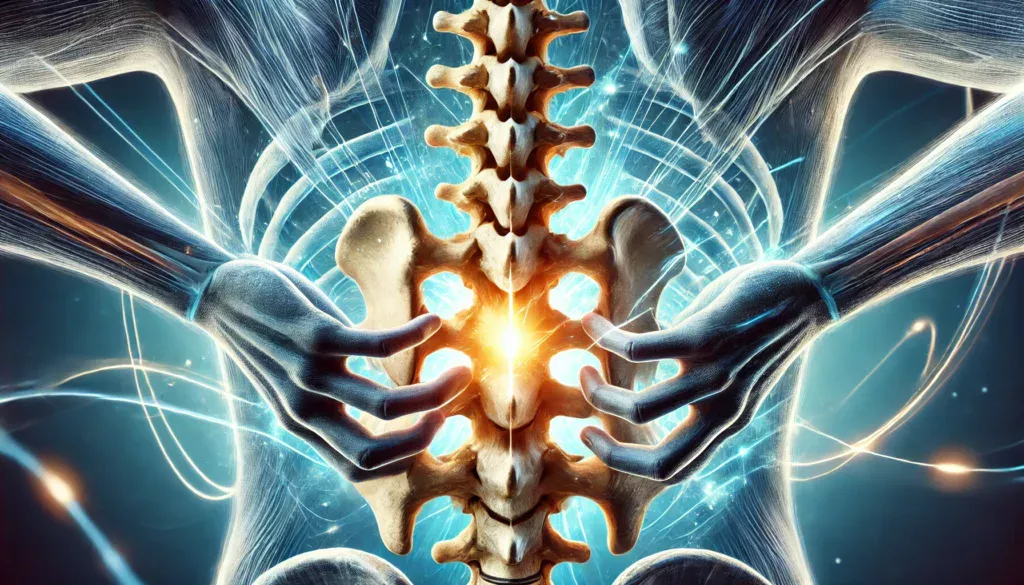
Back pain doesn’t take a break — and neither do the people searching for relief. If you offer spinal decompression therapy but aren’t showing up online, you’re missing out.
Whether you’re just getting started or already running DRX9000 campaigns, you’ll learn how to attract better patients, increase bookings, and grow your clinic with confidence.
Spinal Decompression Marketing Guide: Table of Contents
How Spinal Decompression Marketing Brings You More Patients
If your clinic offers spinal decompression therapy, you’re sitting on a high-value service—but without the right marketing strategy, potential patients won’t know you exist.
In today’s digital-first world, success comes from visibility, credibility, and conversion.
This comprehensive guide breaks down the top spinal decompression marketing strategies, blending SEO, paid media, and content to bring more qualified patients to your door.
Why Spinal Decompression Needs a Targeted Marketing Strategy
Spinal decompression is one of the most profitable and misunderstood services in modern chiropractic marketing. While more providers are investing in DRX9000 tables, IDD systems, and cervical traction technology, many still rely on outdated or generic marketing to promote these treatments. And that’s a massive missed opportunity.
Patients suffering from disc herniations, sciatica, or chronic nerve compression are actively searching for non-surgical, long-term solutions—but if your clinic doesn’t appear with relevant, educational, and trust-building content at every stage of that search journey, they’ll book with someone who does.
Many still rely on outdated or generic marketing to promote these treatments—when what they really need is support from a specialized spinal decompression marketing agency that understands this niche.
To attract and convert high-intent decompression patients, your marketing must be tailored to three key layers of search intent, which directly align with the stages of your conversion funnel:
Read How to Increase Patient Volume in 2025
1. Top of Funnel (ToFu) — Informational Inten
Example searches:
- “What is spinal decompression therapy?”
- “Is spinal decompression safe?”
- “Does decompression work for herniated discs?”
These are research-stage visitors. They’re not ready to book yet—but they’re forming opinions and building trust. Your goal here is to educate and position your clinic as the go-to choice with informational non surgical spinal decompression marketing content.
Best assets to capture this audience:
- Blog posts and FAQs
- YouTube explainer videos
- Lead magnets like “7 Questions to Ask Before Spinal Decompression”
- SEO pages targeting common conditions like sciatica or disc bulges
These users may not convert immediately, but they’re perfect for retargeting with testimonials, case studies, or free consult CTAs.

Quick Read: How to Choose The Right Healthcare Marketing Agency
2. Middle of Funnel (MoFu) — Commercial Intent
Example searches:
- “Best spinal decompression clinic near me”
- “DRX9000 vs IDD therapy”
- “Chiropractor for bulging disc [city]”
Now they’re comparing providers. They know what decompression is—they’re just deciding where to go and why. Your job here is to stand out with proof, positioning, and local SEO.
Best assets to influence this audience:
- Optimized Google Business Profile with photos, reviews, and service detail
- Comparison landing pages (e.g., “DRX9000 vs Accu-Spina: Which Is Right for You?”)
- Service pages broken down by condition or modality
- Retargeting ads with patient video testimonials and success stats
This stage is where most clinics lose ground. Without clear, conversion-optimized content and a visible local SEO presence, trust evaporates.
3. Bottom of Funnel (BoFu) — Transactional Intent
Example searches:
- “Book spinal decompression appointment [city]”
- “Spinal decompression specialist near me open now”
- “DRX9000 clinic with payment plans”
These are ready-to-act patients. Your website and ad funnel should make it effortless to book, call, or request a consultation.
Best assets to convert this audience:
- Google Search Ads targeting BoFu keywords
- Symptom-specific landing pages with CTAs above the fold
- Embedded scheduling tools or “Request an Appointment” forms
- Retargeting sequences offering financing info or limited-time offers
Clinics that succeed at this stage remove friction: fast-loading pages, mobile booking options, and clear calls-to-action are essential.
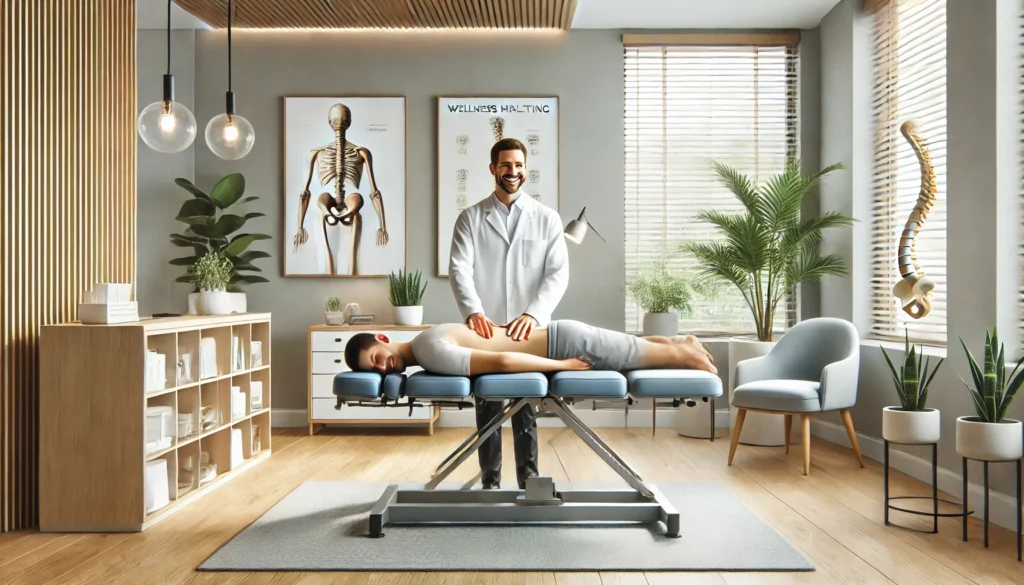
The Takeaway: Intent + Funnel Alignment = Full Conversion System
Each patient segment—whether casually researching or urgently seeking relief—requires a different message, format, and CTA. A single generic service page or broad ad campaign won’t capture them all.
By strategically aligning content, ads, landing pages, and automation with these intent layers, your spinal decompression campaign transforms from a scattered set of tactics into a high-performing patient acquisition engine.
🟦 Stethon’s Take: We helped a North Carolina clinic scale from 4 to 22 spinal decompression appointments per week by aligning ToFu blog posts with mid-funnel testimonial ads and BoFu keyword landing pages. It wasn’t magic—it was just message-market match.
How to Market Spinal Decompression Therapy to Patients
If you’re offering spinal decompression therapy but struggling to consistently book patients, it’s not the treatment that’s the problem—it’s the messaging.
Effective spinal decompression marketing starts by understanding what patients actually care about: relief, safety, and trust. They don’t need a sales pitch—they need clarity and confidence in your care.
Here’s how to market spinal decompression therapy the right way:
- Educate first. Patients are actively searching for terms like “what is spinal decompression?” and “does spinal decompression help herniated discs?” Blog posts, videos, and FAQs that clearly answer these questions will bring in top-of-funnel traffic and build authority.
- Show proof. Nothing converts like real patient success stories. Use HIPAA-compliant video testimonials, posture scans, and range-of-motion charts that visually show results over time.
- Make booking frictionless. Your website should have mobile-friendly appointment forms, click-to-call buttons, and clear CTAs like “Book Your Free Consult” or “See If You’re a Candidate.”
- Follow up automatically. Most patients won’t book on the first visit to your site. Use lead magnets like “7 Questions to Ask Before Starting Decompression” to collect emails, then follow up with an automated 3-part email series.
Whether you’re a new provider or already running DRX9000 ads, the key is to meet patients at their level—educate them, build trust, and make taking action feel simple.
🟦 Stethon’s Take: A Texas clinic added a 90-second explainer video titled “What does the DRX9000 feel like?” to their Facebook Ads. The result? $300 in ad spend led to 11 booked consults—all from patients who just needed their last fear answered.
Dominating Google with Spinal Decompression SEO
Most patients start their journey with a Google search. That’s where Chiropractic SEO for spinal decompression clinics becomes essential. To rank organically:
- Optimize for high-intent keywords like “non-surgical spinal decompression near me” or “chiropractic decompression for sciatica”
- Build service pages around each core modality: DRX9000, Accu-Spina, cervical decompression, and IDD therapy
- Create educational blog content: “Benefits of spinal decompression,” “Spinal decompression vs surgery,” etc.
- Boost local rankings by optimizing your Google Business Profile with location pages, photos, service keywords, and patient reviews
Pro Tip: Long-tail keywords like “cost of spinal decompression for herniated disc” bring less traffic but convert better.
Using Google Ads to Capture Ready-to-Book Patients
Google Search Ads remain the #1 lead source for spinal decompression services. Target bottom-of-funnel terms like:
- “spinal decompression clinic [city]”
- “relief for bulging disc without surgery”
- “DRX9000 treatment near me”
Structure your campaign by service and symptom. Use sitelinks to push appointment pages, financing info, and patient testimonials. Don’t forget branded retargeting ads for users who didn’t convert.
If you’re not running chiropractic Google Ads, you’re leaving money on the table.
Conversion Tip: Create symptom-specific landing pages addressing burning, tingling, or radiating back pain to improve Quality Score and lower CPA.
Why Bing Ads Still Matter for Decompression
Bing Ads often get overlooked—but for spinal decompression, they’re gold. Why?
- Older demographics (40+) use Bing more frequently
- Many are insurance-minded and in decision mode
- Lower CPCs mean better ROI compared to Google
Use the same keyword structure as Google, but tailor the messaging to emphasize conservative care, Medicare coverage, and non-surgical outcomes.
Already running chiropractic PPC? Make sure you’re segmenting by intent and aligning landing pages to each symptom.
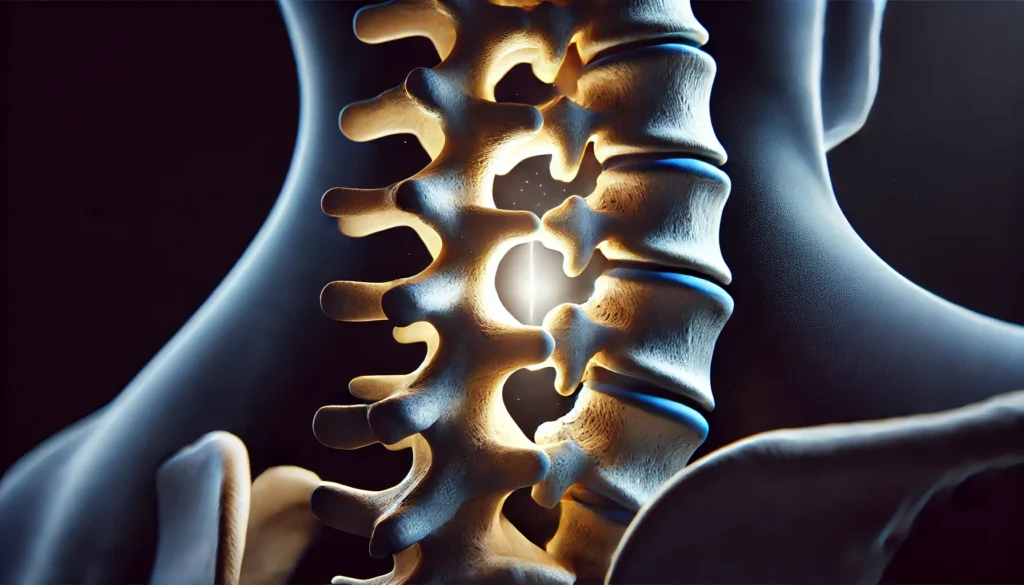
Full-Funnel Retargeting with YouTube, Facebook & TikTok
Your highest-value patients need multiple touchpoints. That’s where omnichannel remarketing shines.
- Run YouTube ads featuring explainer videos about DRX9000 and Accu-Spina therapy
- Deploy TikTok or Reels highlighting before-after stories or walk-throughs of the decompression machine
- Use Facebook retargeting ads to re-engage site visitors with lead magnets, quizzes, or free consultation CTAs
This builds awareness, nurtures trust, and shortens the decision cycle.
Build Trust with Case Studies and Patient Testimonials
Nothing sells decompression therapy better than before-and-after case studies and real patient reviews. Create:
- HIPAA-compliant video testimonials
- Visual case studies showing posture and pain improvement
- Trust-building stats (“93% of our decompression patients avoid surgery”)
Feature these across your site, landing pages, email drips, and ads.
Learn 12 Veterinary Marketing Mistakes That Cost You Clients
Incentivize Referrals from Patients, Too
Your best promoters? The patients you’ve already helped. Offer simple rewards for each successful referral—like a complimentary evaluation, a free mobility session, or $50 off their next decompression treatment. It’s low-lift and high-trust. Just make sure it’s clearly explained on your website, email footer, or at the front desk.
Before using any testimonial or image publicly, ensure you’ve obtained written consent and are in full compliance with HIPAA regulations. Need compliant forms or video release templates? We build those directly into Stethon’s patient testimonial workflows.
Visual Proof Drives Belief
Go beyond words. Embed posture scans, pain scale trackers, or ROM (range of motion) charts into case studies. A simple image labeled “Before Session 1” vs “After 6 Weeks” builds more trust than a paragraph ever could.
Educate with Strategic Blog Content
Establish thought leadership with a blog that targets SEO and patient education:
- “Is spinal decompression covered by insurance?”
- “Accu-Spina vs DRX9000: What’s the difference?”
- “When to consider spinal decompression instead of surgery”
This content attracts top-funnel traffic and gives retargeting fuel for your ads.
What’s the Ideal Content Cadence?
- Post 1 blog per week targeting FAQs, symptoms, treatment comparisons, and insurance queries
- Repurpose blogs into shorts, reels, and lead magnets
- Build internal links between blog posts and your service pages to boost SEO authority
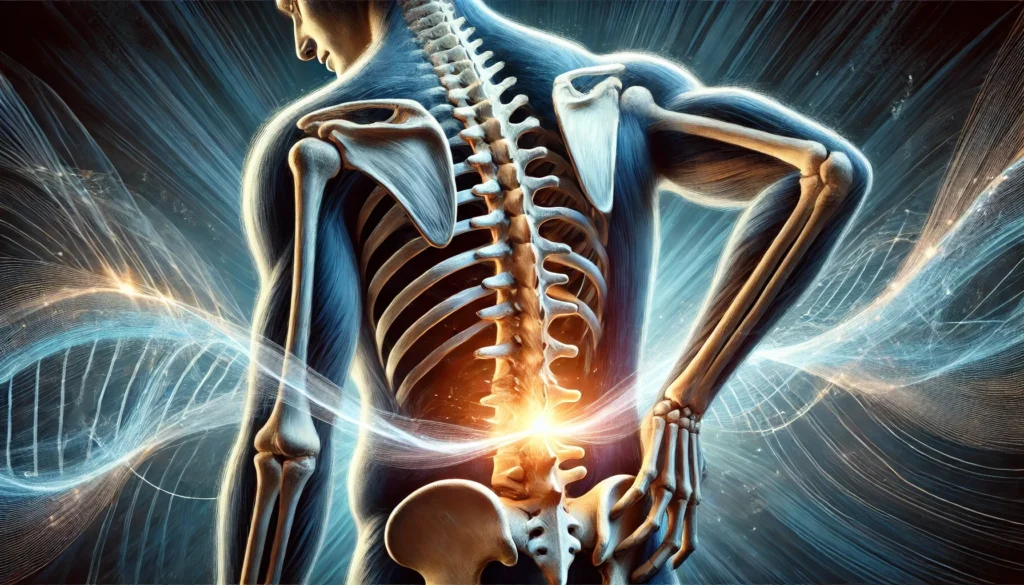
Partner with Chiropractors & PTs for Referrals
Create a spinal decompression referral network with local chiropractors, physical therapists, and orthopedic offices. These providers often see patients struggling with disc issues but don’t always offer decompression therapy themselves—making them ideal referral partners.
Equip them with:
- Co-branded spinal decompression flyers for chiropractic offices
- Shared patient education materials that explain treatment benefits
- Reciprocal marketing or revenue-share opportunities
If you don’t have the bandwidth to build these partnerships in-house, working with a spinal decompression marketing firm can help you create referral funnels, collateral, and outreach campaigns that actually get results.
Optimize Conversion with Education Assets
Patients need more than ads to convert. Send:
- Post-click education sequences via email
- Downloadable guides: “7 Questions to Ask Before Spinal Decompression”
- Videos explaining what the first session feels like
Build this content once, then automate the funnel.
Thought Leadership Through Content Marketing
Smart content builds credibility and keeps your SEO strong:
- Blog regularly: *”When to consider spinal decompression instead of surgery”
- Write long-form guides: *”DRX9000 vs Accu-Spina”
- Film explainer videos: *”What to expect during your first decompression session”
- Host interviews or guest posts with chiropractic peers
⬟ Stethon’s Take: We created a blog + YouTube content plan for a Virginia clinic focused on “Insurance Questions About Decompression.” It ranked in 2 weeks and now gets 200+ clicks/month on autopilot.
Automate Conversions with Lead Magnets & Drip Emails
Most patients won’t book on the first click. Use automation to close the loop:
- Quizzes: “What’s causing your back pain?”
- Downloadables: *”7 Questions to Ask Before Starting Decompression”
- Email Sequences: 3-part drip after quiz/download
- Videos: What the first session looks like, patient FAQs, doctor intro
Build once, reuse forever. This is how you nurture trust and reduce call reluctance.
Conclusion: Own the Decompression Space in Your Market
Spinal decompression is a highly marketable, high-ticket service—but only if the right patients know you offer it.
By combining organic SEO, full-funnel paid ads, patient trust signals, and content-driven education, your clinic can dominate search engines and fill your calendar with pre-qualified patients.
Want help building your decompression marketing engine? As a dedicated spinal decompression marketing agency, we’ll build the system, run the ads, and grow your practice on autopilot.
Learn more ABOUT OUR MEDICAL MARKETING SERVICESFAQ
Why does spinal decompression require a different marketing strategy than other chiropractic services?
Spinal decompression is a specialized treatment that addresses specific conditions like herniated discs, sciatica, and chronic back pain. People looking for this therapy often have very specific questions and concerns. A targeted marketing strategy focuses on answering those questions, educating patients, and showing proof of results so they feel confident choosing your clinic.
What digital marketing channels work best for promoting spinal decompression therapy?
The most effective channels are search engine optimization (SEO), Google Ads, Bing Ads, and social media ads.
SEO helps people find your clinic when they search for spinal decompression online.
Google Ads reach people who are ready to book an appointment.
Bing Ads can be effective for an older audience that often needs this therapy.
Social media ads help you stay visible to people who have visited your site or shown interest.
How can SEO help my clinic get more spinal decompression patients?
SEO makes it easier for people to find your clinic when they search online for spinal decompression. By creating helpful pages about your services, conditions you treat, and common questions, you can appear in search results when potential patients are looking for information or ready to book. Adding local details, like your city or neighborhood, helps people nearby find you faster.
Do Google Ads or Bing Ads deliver better results for spinal decompression campaigns?
Both can work well, but in different ways.
Google Ads reach more people and are great for generating a high number of leads.
Bing Ads often cost less and reach older patients who are actively looking for care.
Many clinics use both to get the widest reach and best return on their advertising budget.
How does a full-funnel approach work for spinal decompression patient acquisition?
A full-funnel approach reaches people at different stages:
At the top, you share educational content with people who are just learning about spinal decompression.
In the middle, you provide proof and comparisons for people deciding between providers.
At the bottom, you make it easy for ready-to-book patients to schedule an appointment.
Covering all three stages increases the chances that someone will choose your clinic.
